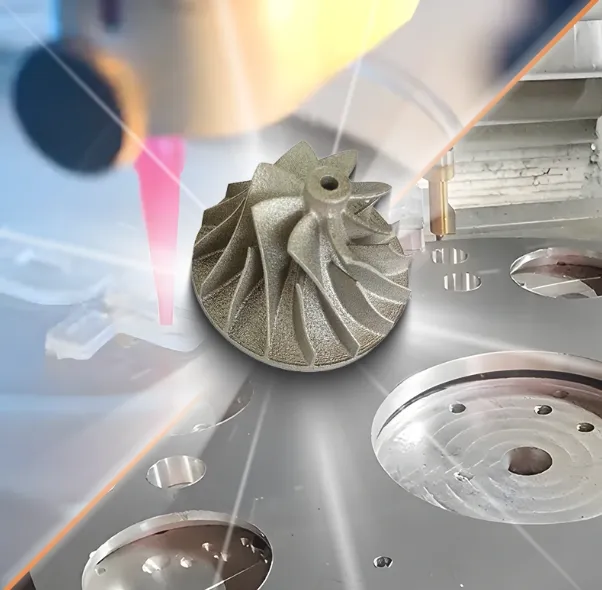Manufacturing has changed dramatically in recent years, with new technologies making it faster, more affordable, and more accessible for businesses of all sizes. From prototypes to finished products, companies can now experiment and innovate with less financial risk. Among the most widely used methods are additive and subtractive manufacturing—but how do they differ, and when should you use one over the other?
Understanding the Core Difference
At its simplest, the distinction comes down to how each process creates a part. Additive manufacturing builds an object layer by layer from raw material—much like what happens when using a 3D printer. Subtractive manufacturing, on the other hand, shapes the final product by cutting away material from a larger block, similar to a sculptor chiseling stone.
Both techniques are valuable, but deciding between them depends on factors such as production scale, project stage, budget, and desired speed of completion.
Additive Manufacturing: Advantages and Limitations
Additive methods include 3D printing and other layer-based approaches driven by CAD models. They are especially effective for creating detailed, lightweight, or complex designs that might be difficult or impossible with traditional machining.
Key benefits:
- Minimal waste since material is only used where needed
- Cost-efficient for small-scale production or early prototyping
- Ability to produce intricate shapes, hollow structures, and lightweight parts
- Requires less operator oversight compared to machining
Drawbacks:
- Surface finishes often require post-processing
- Quality can be inconsistent depending on materials and equipment
- Production is slower for larger parts
- Works best with plastics and certain metals, making it less versatile for all applications
Subtractive Manufacturing: Strengths and Challenges
Subtractive processes, often powered by CNC machines, start with a solid block of material and remove excess until the final shape is achieved. This method is well-suited to larger components and industries where speed and precision are critical.
Key benefits:
- Consistent and reliable quality in finished products
- Faster production times for large-scale operations
- Ability to achieve a variety of surface finishes
- Well-suited for durable parts made from metals
Drawbacks:
- More expensive due to material waste and skilled labor requirements
- Complex shapes and undercuts can be challenging to machine
- Requires trained operators to manage and oversee the process
The Hybrid Manufacturing Solution
For many businesses, combining both methods can offer the best of both worlds. Hybrid manufacturing integrates additive and subtractive processes, often within the same system. A part might be 3D printed for intricate features and then finished with CNC milling for precision and durability.
This approach is especially powerful in metalworking, where machines equipped with directed energy deposition heads can add material and then switch seamlessly to milling without moving the part. Hybrid techniques are also valuable for repairing damaged components by rebuilding layers before refining them through machining.
With the support of modern Computer-Aided Manufacturing (CAM) software, hybrid systems streamline these transitions, improving accuracy and efficiency while reducing the risk of errors.
Final Thoughts
Additive and subtractive manufacturing each bring unique strengths to the table. Additive is ideal for complex, lightweight prototypes with minimal waste, while subtractive shines in producing high-quality, durable parts at scale. Hybrid approaches offer a versatile solution that combines precision, flexibility, and efficiency. By understanding the differences—and knowing when to use one, the other, or both—businesses can maximize productivity, reduce costs, and stay competitive in an evolving manufacturing landscape.







